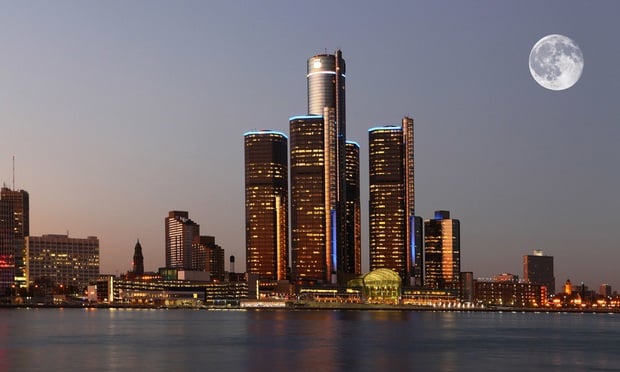In its third-quarter survey of Ann Arbor's office and flex space market,Grubb & Ellis reported an overall office vacancy rate of 6.4&, upfrom 3.3% in the second quarter, and an increase in flex or "hightech" building vacancies to 10.3%, up from 9.5% in the secondquarter.
Neal Warling, senior vice president of Grubb & Ellis' Office Services Group,says that rising vacancies are largely due to a significant shift in the AnnArbor office marketplace toward single-story flex or "high-tech" space.
"Prior to 1987, very little speculative high-tech office space was built inAnn Arbor. However, after the recession in the late 1980s and early 1990s,lender wariness toward funding large speculative office projects caused ashift toward construction of less risky and smaller flex office/researchbuildings," Warling says.
Warling cautioned that the blossoming flex market in the South Statecorridor that has been so successful in the past five years may "gocritical" if developers overestimate its popularity."Developments such as Avis Farms and Valley Ranch in Pittsfield Townshiphave enjoyed incredible success with single-story speculative buildingsranging from 20,000 to 40,000 sf, that have filled up immediately uponcompletion," Warling said.
However, now that other development companieshave seen this unparalleled success, several are planning new buildings thatwill bring the available pool of flex space to more than 700,000 sf by theend of 2001, from its current level at about 200,000 sf, Warling says. According tohis recent demand studies and historical net absorption in the market, thisapproximates a three-year supply of space.
As examples of new developers in the flex market, Warling pointed to two newbuildings (28,000 sf and 54,000 sf) planned by Troy-based Kirco Developmentin the State Street Business Park, a new 42,000-sf building planned by theMilford Singer Co. of Bloomfield Hills, and four buildings totaling160,000 sf under construction by Franklin-based Shamie Development."These new buildings, in addition to several planned or under constructionby local developers, will likely create an overbuilt situation by the end ofnext year," he notes.
Class A office space exhibited the lowest vacancy this quarter of allindividual classes, with an overall 6.9% vacancy, made up ofsubmarket vacancies of 1.5%, 2.9%, and 14.6% in theNortheast, Downtown and Briarwood markets, respectively, Grubb & Ellisreporta.The class A office market will remain stable throughout Ann Arbor becausenew construction has been light and demand is strong, according to Warling.
"The continued expansion of the service economy in Ann Arbor is supportingthe growth of the tech sector, and will continue to drive demand for class Aspace. Law firms, stock brokers, banks and real estate companies all needthe higher image afforded by these buildings," he says.
© 2025 ALM Global, LLC, All Rights Reserved. Request academic re-use from www.copyright.com. All other uses, submit a request to [email protected]. For more information visit Asset & Logo Licensing.






